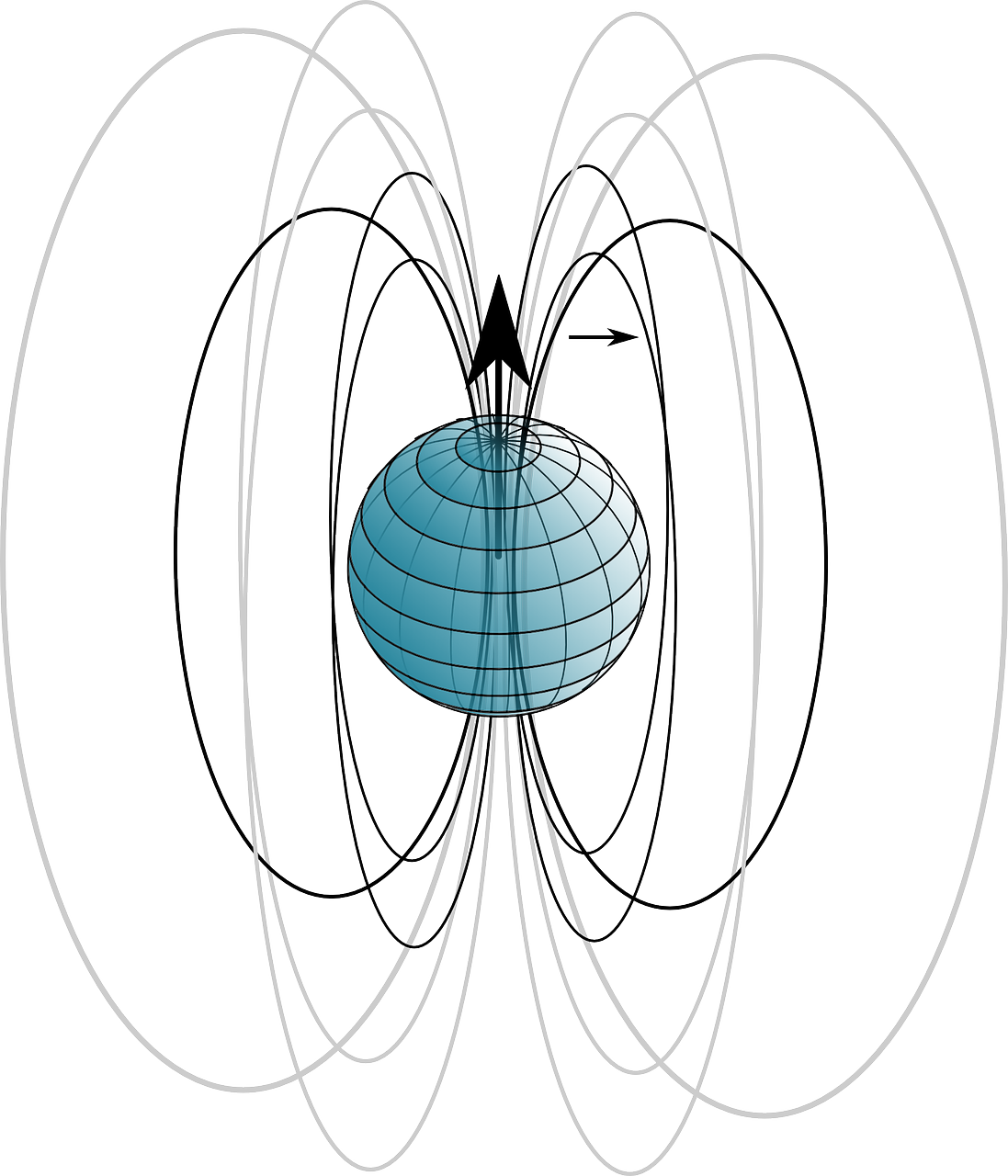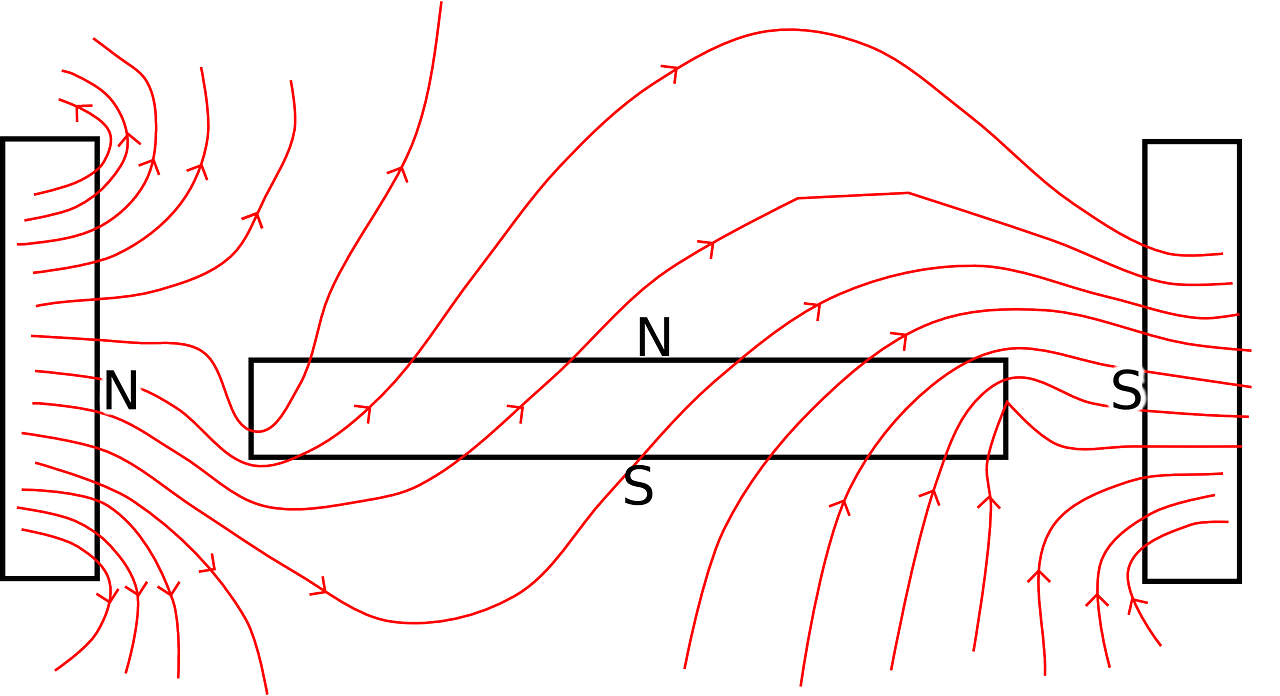Home > Sections > Electromagnetic > Magnets
Last Updated: 14th June 2023
ARCHIVED ITEM: this page is no longer updated.
Magnets
Keywords
Magnet, magnetic field, megnetic pole, attraction, repulsion, field pattern, medicine, mining, computers, speakers.
Introduction
We have all used them. Sometimes to put one on the fridge, it can hold things together, and they are often used in electrical circuits as electromagnets. But what are the properties of a magnet?
A Closer Look
So, what are the properties of a magnet?
Well, a magnet exerts a force on another nearby magnet, or a piece of metal that is attractive to one.
There are two poles on a magnet - a North pole, and a South pole. They are usually on opposite sides to each other. The magnetic force is strongest the closer you get to the poles.
There are some rules to magnetism as well. But what does that mean? Well, let's have a look:
Poles: they either attract or repel. Like poles repel - North-North or South-South, and unlike poles attract - North-South or South-North.
Non-Contact: magnets are non-contact forces - they affect each other without touching anything.
Magnetic Field
A magnet has it's own field. Not the one you see sheep laying in on a farm. It's technically invisible. If you place a magnet under a piece of paper, and you put iron filings on top of it, you will see that they move around in a circular fashion to the magnet.
Interesting fact: we always assume metals will be attracted to magnets. But this isn't the case. Some are repelled by them, including zinc and silver.
Take a look at this YouTube video from Cognito about magnets:
Uses of Magnets
There are many uses of magnets. Even in every day life you will come across magnets. Let's list some of the every day and other uses of magnets:
Computers: this is in your every day life. If you use a computer, you are using magnets that help run it.
Speakers: if you use your mobile phone as a music device, you can play your music through a speaker. That speaker has a magnet in it.
Electric Generators: while you're not going to using these on a daily basis, you will be indirectly, as the power generated for you to use is directed from this source.
Mining: mines use magnets to sort ores and rocks to separate.
Medicine: health and medicine use magnets a lot of the time. If you've ever been for an MRI (Magnetic Resonance Imaging) scan, it'll make a loud noise, but it's using a magnet to scan your body with a radar-like radio signal. Magnets can also be used to treat some forms of cancer.
Fridge magnets: your fridge is a mecca for magnets. They can hold up paper, bottle openers and other small items you have (we have a baby toy with letters).
Other objects: other items include a pocket compass, a magnetic strip on the backside of a credit card, vacuum cleaners, blenders and washing machines all use magnets.
End Note
We have learnt that magnets work with poles, and either attract or repel. We have learnt that they are used in many different situations, with many different items having magnets in some form.




 Electromagnetism & Solenoid
Electromagnetism & Solenoid Environmental Impacts of Mining
Environmental Impacts of Mining

